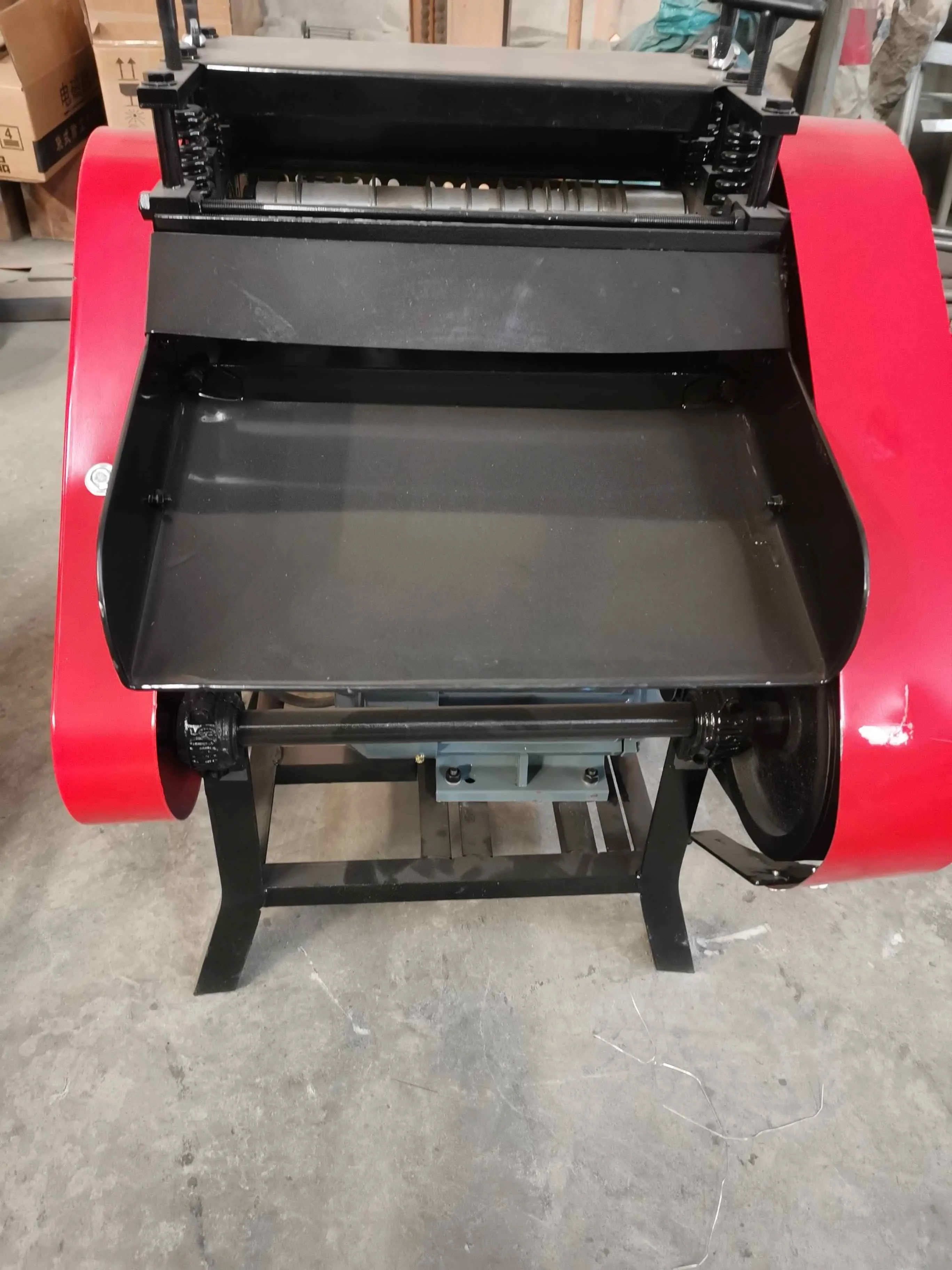

Oktoba . 30, 2024 13:28 Back to list
How to Build an Eddy Current Separator
Eddy current separators are essential devices used in the recycling and waste management industries to separate non-ferrous metals from other materials. These separators operate on the principle of electromagnetic induction, generating eddy currents in conductive materials, which then creates a force to repel these materials away from non-conductive ones. Building an eddy current separator can be a rewarding project for those interested in engineering, recycling, or environmental sustainability. Here is a comprehensive guide on how to build your own eddy current separator.
Materials Needed
1. Electric Motor A high-speed motor (typically 3 to 10 HP) is necessary to drive the rotor. The speed should ideally be between 1,500 to 3,000 RPM.
2. Rotating Drum A non-magnetic, non-conductive drum to mount on the motor shaft. Aluminum or PVC can be suitable materials.
3. Copper Wire To create the induction coils, which are crucial for generating the eddy currents.
4. Power Supply A suitable power supply to feed the motor and coils.
5. Frame and Supports To hold the rotor in place and provide stability, you’ll need steel or aluminum supports and a frame.
6. Collection Bins Containers to collect the separated metal and non-metal materials.
Step-by-Step Construction

1. Design the Frame Start by designing a sturdy frame that can accommodate and stabilize the motor, rotor, and collection bins. Ensure there is enough space for material flow and access to the separator.
2. Install the Motor Secure the electric motor to the frame, ensuring it is firmly attached. The motor shaft must be aligned with the centerline of the rotating drum.
3. Build the Rotor Construct the rotor by attaching the non-magnetic drum to the motor shaft. Make sure it is mounted securely so that it can spin freely without wobbling.
4. Create the Induction Coils Wind the copper wire into coils and position them around the rotor. A typical arrangement is to place the coils along the outer circumference of the drum, ensuring they will induce eddy currents in the non-ferrous metals passing near them. The number of turns and the design of the coils can vary based on the expected application.
5. Wiring Connect the induction coils to the power supply. Ensure that the wiring is safe and insulated to prevent any short circuits. Consider adding a switch for easy operation.
6. Set Up Collection Bins Position the collection bins at the output of the separator. The design should ensure that separated metals are directed into one bin while non-ferrous materials fall into another.
7. Testing Before the actual operation, run several tests to ensure the system works efficiently. Introduce small quantities of mixed materials to observe the separation process. Adjust the speed of the motor as needed to optimize performance.
8. Safety Considerations While operating the eddy current separator, ensure safety measures are in place. Use protective gear and ensure that moving components are properly shielded to prevent accidents.
Conclusion
Building an eddy current separator is a fulfilling project that merges engineering with environmental responsibility. With careful planning and execution, this homemade device can efficiently separate non-ferrous metals from other materials, promoting recycling and reducing waste. By following the outlined steps, you can create a functional eddy current separator that contributes to sustainable practices while enhancing your mechanical skills.
Latest news
Troubleshooting Common Eddy Separator Problems
NewsJul.04,2025
The Role of Metal Recycling Plants in Circular Economy
NewsJul.04,2025
The Impact of Recycling Line Pickers on Waste Management Costs
NewsJul.04,2025
Safety Features Every Metal Shredder Should Have
NewsJul.04,2025
How Industrial Shredders Improve Waste Management Systems
NewsJul.04,2025
How Cable Granulators Contribute to Sustainable Recycling
NewsJul.04,2025